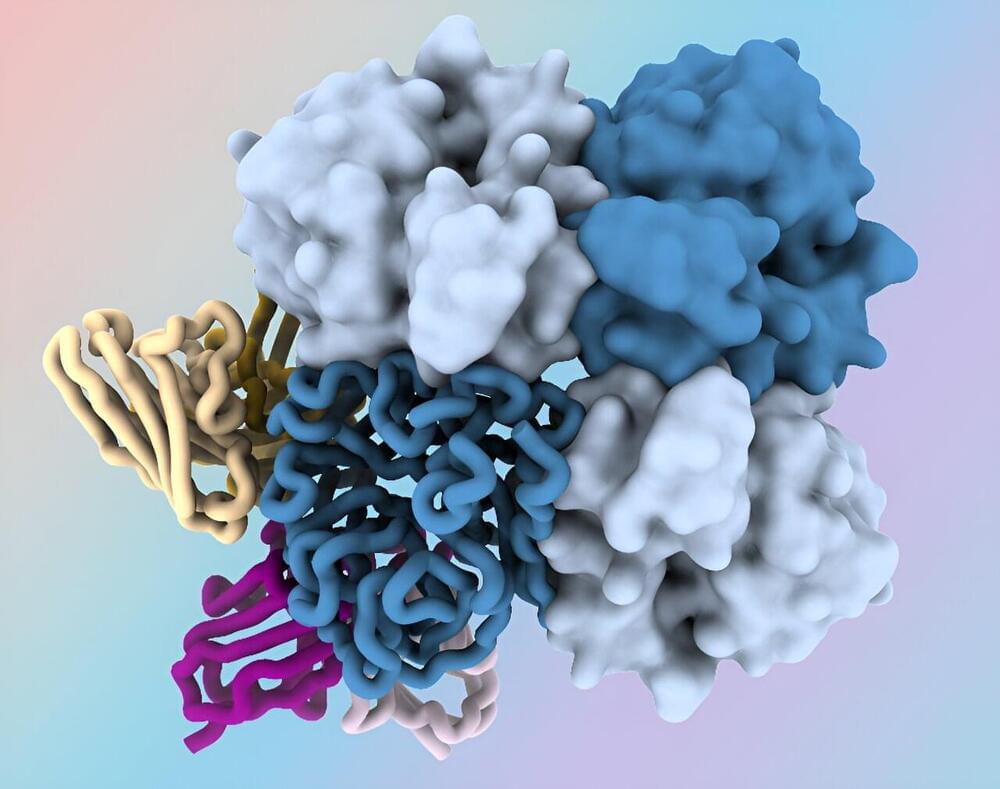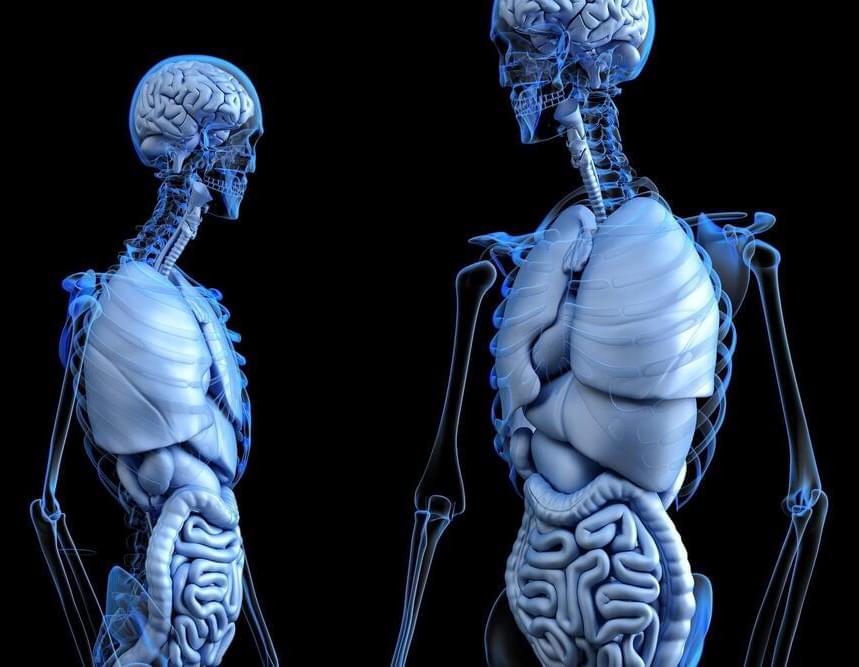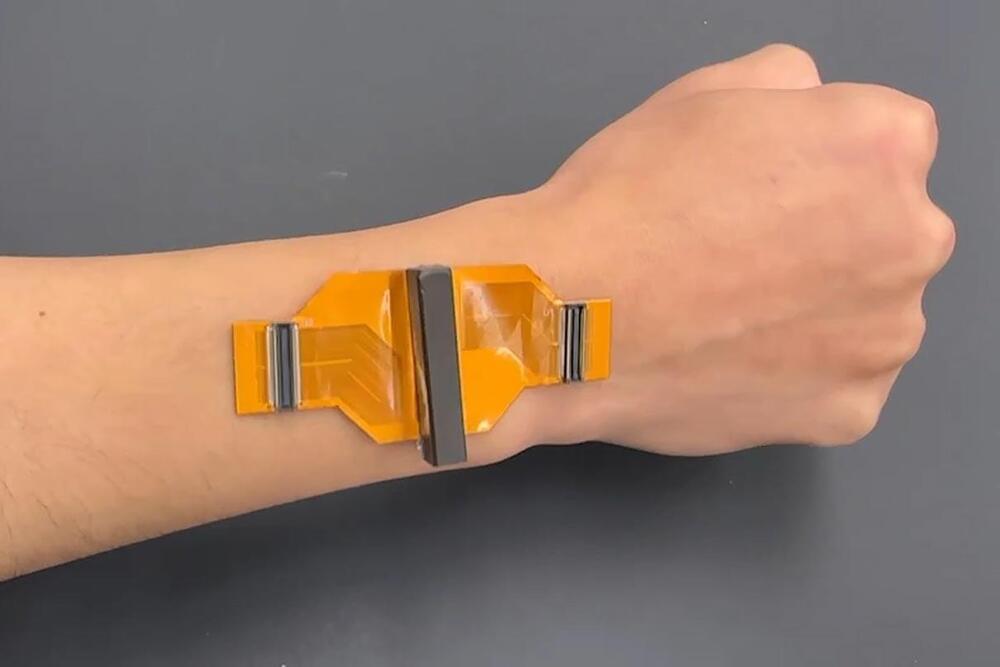Elon Musk claims OpenAI is using GPT-4 to ‘maximize profits’ instead of ‘for the benefit of humanity.’
The lawsuit claims that the GPT-4 model OpenAI released in March 2023 isn’t just capable of reasoning but is also actually “better at reasoning than average humans,” having scored in the 90th percentile on the Uniform Bar Examination for lawyers. The company is rumored to be developing a more advanced model, known as “Q Star,” that has a stronger claim to being true artificial general intelligence (AGI).
Altman was fired (and subsequently rehired five days later) by OpenAI in 2023 over vague claims that his communication with the board was “hindering its ability to exercise its responsibilities.” The lawsuit filed by Musk alleges that in the days following this event, Altman, Brockman, and Microsoft “exploited Microsoft’s significant leverage over OpenAI” to replace board members with handpicked alternatives that were better approved of by Microsoft.
“The new Board members lack substantial AI expertise and, on information and belief, are ill equipped by design to make an independent determination of whether and when OpenAI has attained AGI — and hence when it has developed an algorithm that is outside the scope of Microsoft’s license,” claims the lawsuit. The partnership between OpenAI and Microsoft is currently being examined by regulators in the UK, EU, and US to assess if their shared relationship impacts competition.







